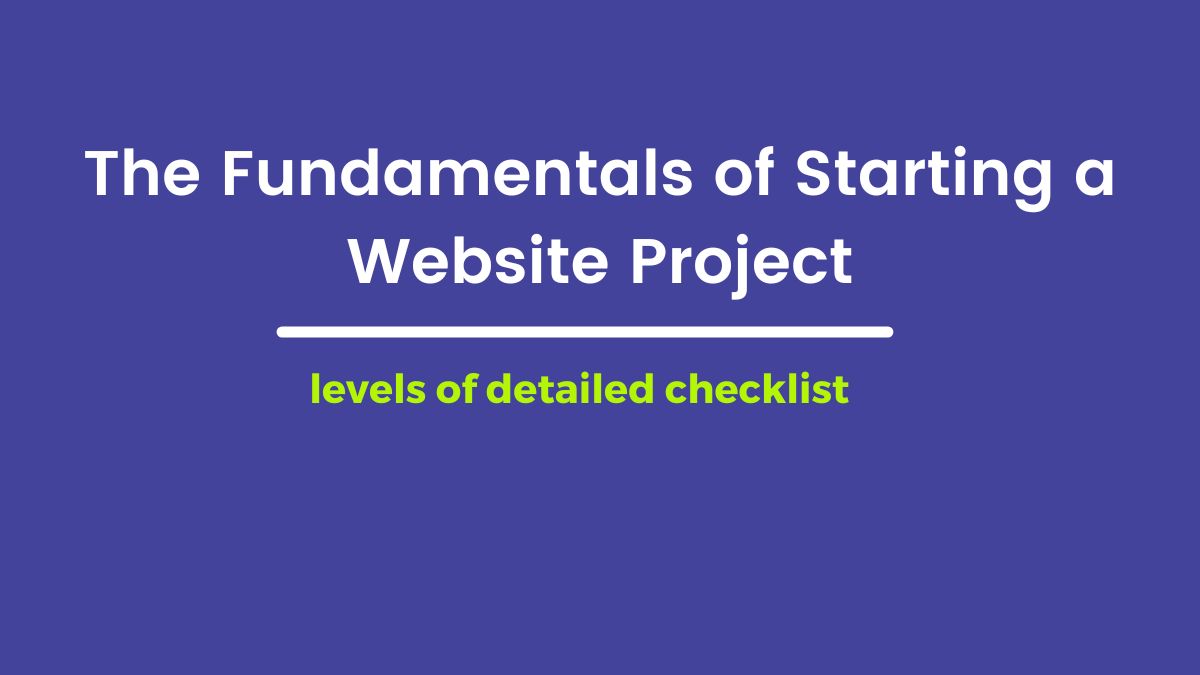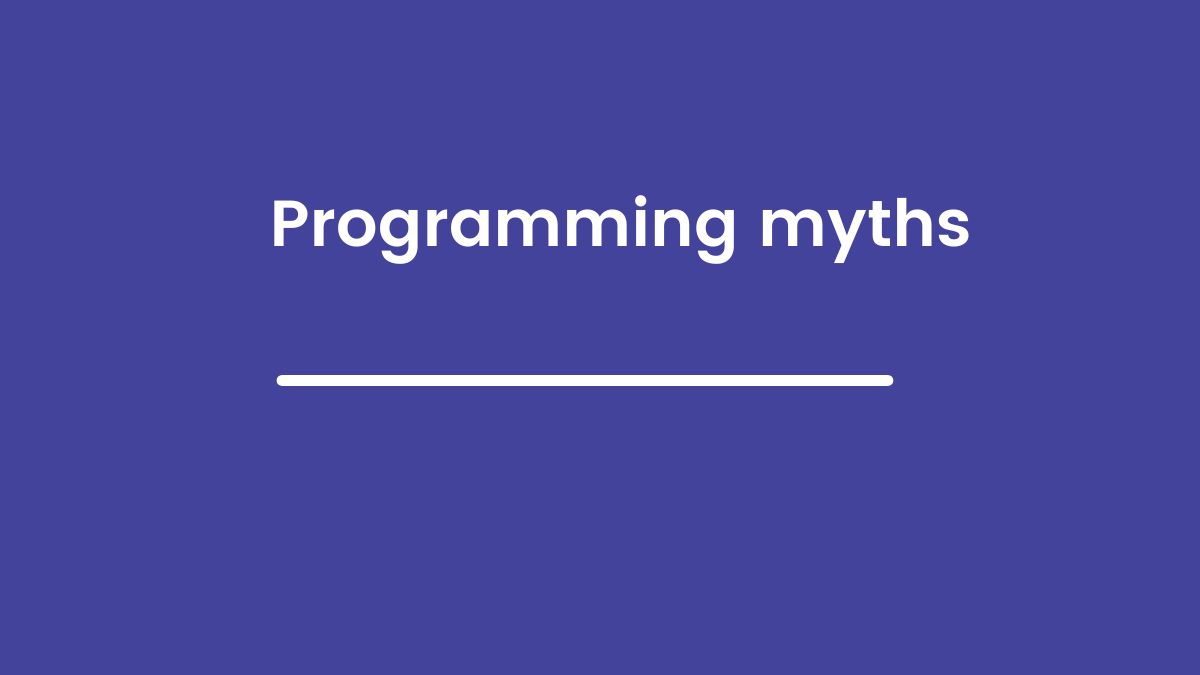You can then explore these points further in your own research or discuss them with web development professionals for the level of detail you require.
1. Define Your Website’s Purpose and Goals:
- Target Audience: Who are you trying to reach with your website? Understanding their demographics, interests, and online behavior is key to making relevant content and design choices.
- Website Objectives: What do you want your website to achieve? Do you aim to generate leads, sell products, showcase your portfolio, or inform the public? Clearly defined goals will guide your strategic development.
- Unique Value Proposition: What sets your website apart from competitors? Identify what makes your offering unique and how your website will effectively communicate that value.
2. Plan Your Website’s Content and Structure:
- Site Map and User Flow: Create a visual representation of your website’s pages and how users will navigate through them. Ensure logical flow and easy access to desired information.
- Content Strategy and Tone: Determine the type of content you need – blog posts, product descriptions, infographics, etc. – and establish a consistent voice and tone that resonates with your target audience.
- Information Architecture: Organize your content in a way that is intuitive and user-friendly. Prioritize information based on user needs and consider implementing search functionality for easy navigation.
3. Design and User Experience (UX):
- Website Visuals: Choose a color scheme, fonts, and imagery that align with your brand identity and resonate with your target audience. Prioritize visual clarity and avoid clutter.
- User Interface (UI) Design: Design intuitive menus, buttons, and navigation elements that are easy to understand and use. Aim for a consistent and visually appealing interface across all devices.
- Mobile Responsiveness: Ensure your website adapts seamlessly to different screen sizes and devices to provide a positive user experience on smartphones, tablets, and desktops.
4. Technical Considerations:
- Domain Name and Hosting: Choose a memorable domain name and a reliable web hosting provider that can accommodate your website’s traffic and functionality needs.
- Content Management System (CMS): Select a user-friendly CMS like WordPress or Squarespace if you plan to manage updates and content yourself. Consider development needs if opting for a more complex website.
- SEO Optimization: Implement strategies like keyword research, meta descriptions, and internal linking to improve your website’s visibility in search engine results.
5. Launch and Maintenance:
- Quality Assurance: Thoroughly test your website for functionality and user experience before launch. Ensure all links work and content displays correctly across different devices.
- Marketing and Promotion: Develop a launch strategy to reach your target audience and drive traffic to your website. Utilize social media, email marketing, and other relevant channels.
- Website Maintenance: Regularly update your content, fix bugs, and monitor performance to maintain a secure and engaging website for your users.
This is just a starting point, and each of these points can be explored in much greater detail. Depending on your specific project needs, additional considerations may come into play. Remember to conduct thorough research, seek professional advice if needed, and adapt these concepts to create a website that effectively meets your goals and engages your target audience.
I hope this guide provides a helpful foundation for your website project. Feel free to ask further questions about specific areas you’d like to delve deeper into, and I’ll be happy to assist you further.



